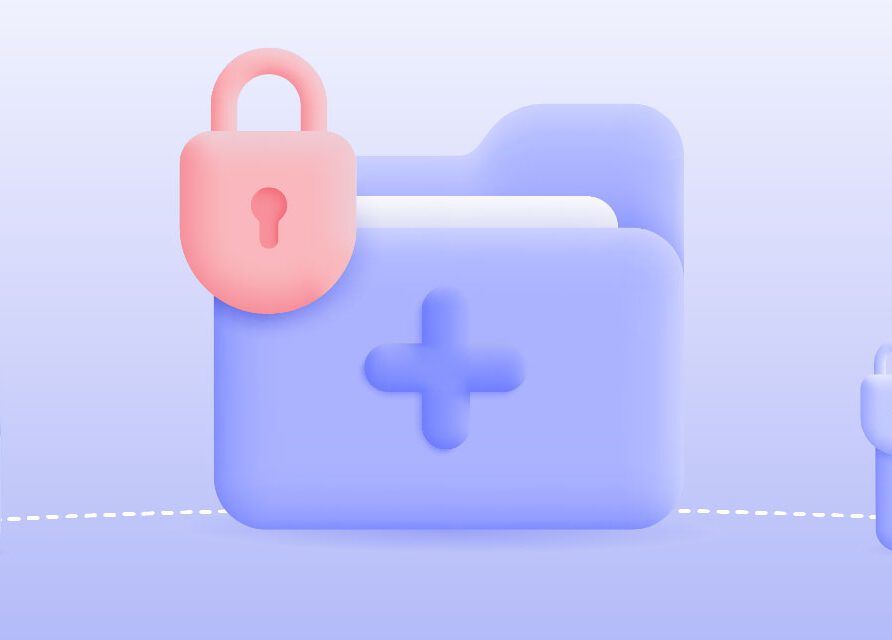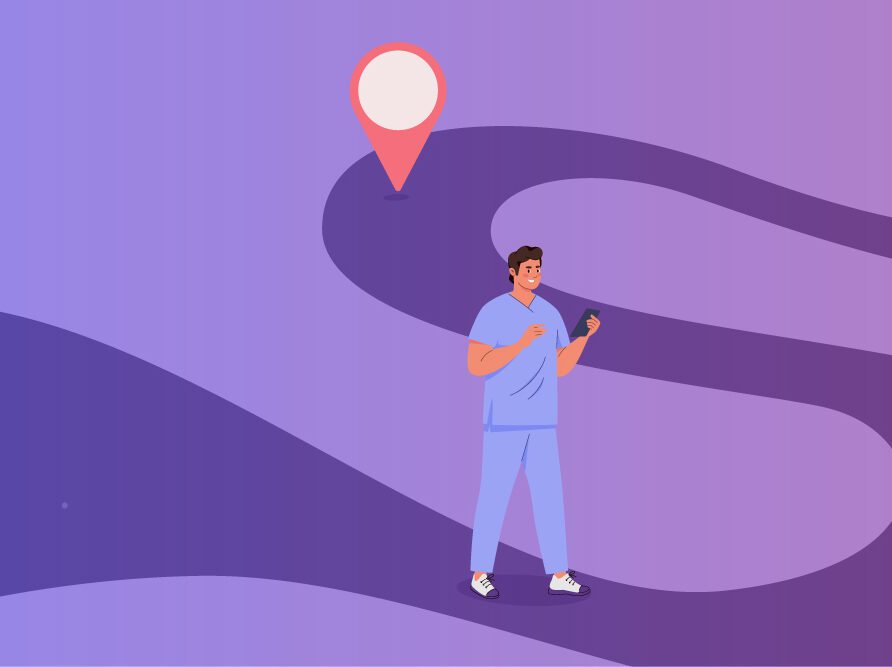Article
Three consequences of healthcare’s digitization and how to overcome them
The digitization of healthcare has unleashed enormous potential for innovation, from clinical decision support enhancing providers’ diagnostic capabilities, to connected health devices collecting vital information wherever a patient may be.
At the same time, the industry’s transformation over the last few decades has made the roles of providers increasingly complex. One survey from the American Medical Association (AMA) indicates that from 2016 to 2022, the average number of digital health tools used by physicians increased from 2.2 to 3.8.
Here are three unintended consequences of integrating healthcare and the digital world—as well as what healthcare organizations can do to overcome these challenges.
1. Compounding provider burnout
COVID-19 brought international attention to the issue of burnout among healthcare workers, but providers have been sounding the alarm on it for years, and technology is a major contributor. According to Medscape’s Physician Burnout & Depression Report 2023, 25% of physicians who are burnt out say the computerization of practice is the biggest contributor to burnout.
This finding is not exactly surprising when considering the average workflow of a provider. A single patient encounter may require a provider to log into multiple digital health tools, such as the EHR, radiology information systems (RIS) and picture archiving and communication systems (PACS). These disparate solutions may all have different login credentials, adding unnecessary cognitive burdens. Once logged into all the applications needed, providers often have to toggle between the different systems and search for the information they need to get a comprehensive view of the patient’s health. Only after this seemingly endless number of clicks can they focus on devising a treatment plan, making a referral or completing other tasks that directly contribute to the patient’s health.
2. Fueling waste within organizations
Navigating different systems and sifting through data for relevant information is not only stressful and frustrating for providers, but it can also be costly to healthcare organizations by impeding staff member productivity. It may take a provider a couple minutes to log into a single system and another few minutes of clicking to pull up pertinent clinical data. Over the course of a shift, that wasted time can add up, especially when multiplied by all of the providers in an organization facing these same obstacles.
3. Adding patient safety issues
Third, the increase in digital tools leveraged in practice has added patient safety concerns that need to be considered. Each system a provider logs into compounds the potential to inadvertently open the wrong patient chart, and we know that wrong patient charting is one of the most common preventable patient safety issues with EHRs. At a minimum, a patient mismatch can result in data integrity issues, and in the most severe cases, this type of error can have fatal consequences.
So, what can healthcare organizations do to reap the benefits of healthcare technology while also minimizing negative effects? It may sound counterintuitive to suggest a technological remedy, but solutions that leverage standards defined by HL7’s Clinical Context Object Workgroup (CCOW), such as Altera Context, are an option to consider.
With Altera Context, when a clinician selects a patient in one system, all applications open that patient’s data, and any newly launched applications automatically navigate to that same patient. Streamlining access to patient data in this way helps reduce unnecessary cognitive burdens, increases productivity and supports positive patient identification.
If your organization is currently struggling with the aforementioned challenges, check out this page to learn how Altera Context can help pave your path toward the summit of healthcare.














